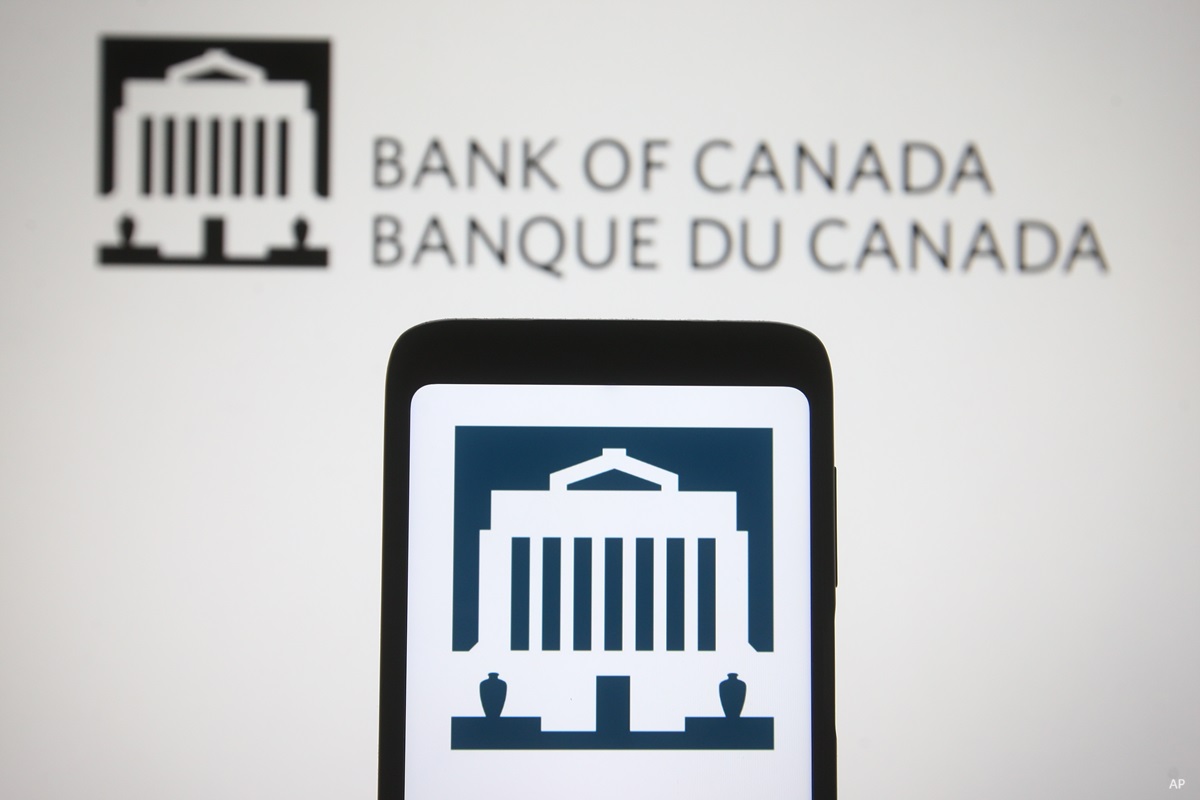
The Bank of Canada has raised its overnight lending rate by 25 basis points to 0.50%. This is the first time Canada’s central bank has done so since 2018.
“The unprovoked invasion of Ukraine by Russia is a major new source of uncertainty. Prices for oil and other commodities have risen sharply. This will add to inflation around the world, and negative impacts on confidence and new supply disruptions could weigh on global growth. We are following events closely,” the Bank said in a press release.
In explaining why it chose to raise rates, the Bank pointed out that economic growth in Canada was stronger than the Bank’s projection in the fourth quarter of last year at 6.7%, both exports and imports have picked up, consistent with solid global demand, the rebound from Omicron now appears to be well in train, Canadian household spending is proving resilient and should strengthen further with the lifting of public health restrictions, and Housing market activity is more elevated, adding further pressure to house prices.
“Overall, first-quarter growth is now looking more solid than previously projected,” it said.
This was a widely expected move. The rate hike comes as Canadian inflation hit a new three-decade high in January of 5.1%.
“A full 1% increase in interest rates is now expected in 2022, coming in pretty short order, which is something we haven’t seen for well over a decade. The cause is primarily due to 40-year–high [U.S.] inflation numbers, but low unemployment is also a factor, as these represent the dual mandate of the U.S. Federal Reserve’s interest-rate decisions,” said Marta Norton Chief Investment Officer, Americas, at Morningstar Investment Management.
Inflation is certainly on the Bank’s mind. “Poor harvests and higher transportation costs have pushed up food prices. The invasion of Ukraine is putting further upward pressure on prices for both energy and food-related commodities. All told, inflation is now expected to be higher in the near term than projected in January. Persistently elevated inflation is increasing the risk that longer-run inflation expectations could drift upwards. The Bank will use its monetary policy tools to return inflation to the 2% target and keep inflation expectations well-anchored,” it said.
Likely Market Impact of Interest-Rate Rises
“What we're seeing is a market that has been priced to perfection, especially those market darlings such as the big tech stocks. And any sort of negative surprise is going to rattle investors. That said, we focus on high-quality businesses. All else being equal, we'd expect downside pressure on the stock market if interest rates rise faster than expected,” said Norton.
She points out, though that perspective is important, as we live in a multivariable world, not a single-variable world.
“And behaviourally, we all tend to think in a linear fashion. We think of one variable, such as inflation, and the impact that inflation is going to have on portfolios. But obviously, there's a myriad of things that are interacting. There's inflation, interest rates, high valuations, and the potential for something bad geopolitically—such as the war in Ukraine, or anything else that we can't predict. On the other side of the coin, we could see positive surprises from any number of variables,” she added.
On the fixed-income side, she says that even with higher policy rates, fixed-income investors would benefit from re-investment of coupons at higher rates in the new higher-yield regime, so the impact from price loss due to yields moving higher is mitigated to some extent.
Finally, Norton says that you could argue that any disappointment, any concern about the economy, can lead to short-term volatility. But longer-term, any meaningful bout of volatility could be a catalyst of opportunity.




















